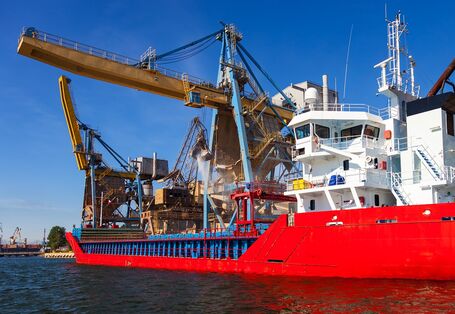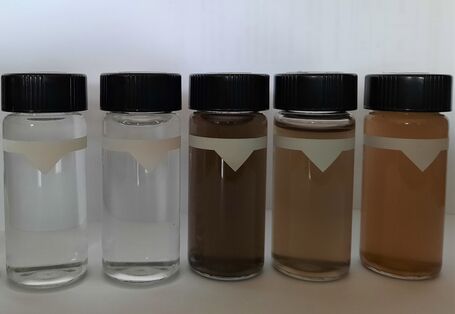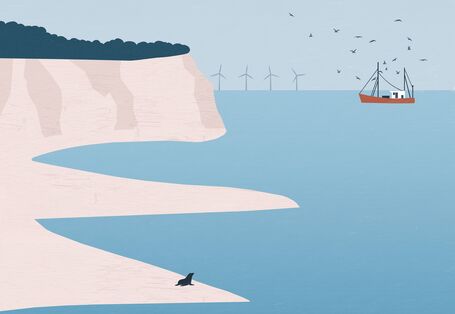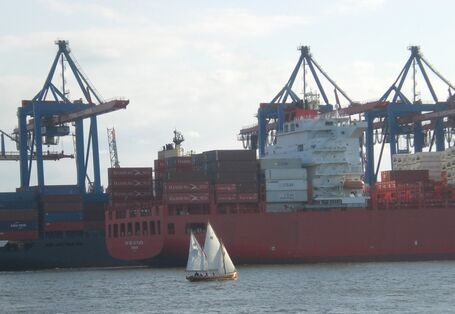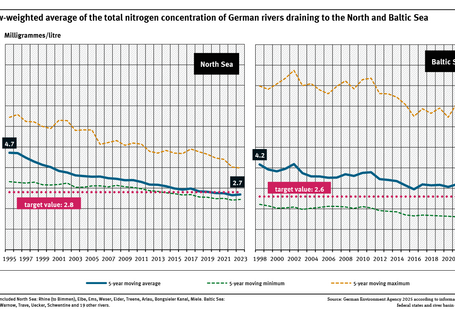NonHazCity 3 Interreg Project

Reducing substances in the construction sector that are hazardous to health and the environment and supporting circular construction – these are the goals of NonHazCity 3, a European project in the EU Interreg Program for the Baltic Sea Region. The project team involves 21 partners from all eight EU countries around the Baltic Sea, including the German Environment Agency (UBA).
